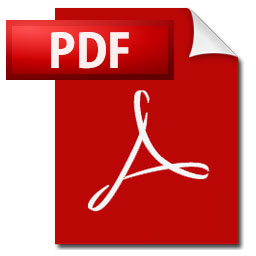Model-based methodologies, supported by automatic generation, have been proposed as a solution to reduce software development costs. In the case of interactive computing systems specific challenges arise. On the one hand, a high level of automation requires the use of detailed models, which is contrary to the iterative development process, based on the progressive refinement of user interface mockups, typical of user centered development processes. On the other hand, layered software architectures imply a distinction between the models used in the business logic and in the user interface, raising consistency problems between the models at each level. This article proposes a tool supported approach to user interface generation directly from the architectural models of the business logic. In many situations, user interfaces provide similar features inside a specific domain. The identification of the application domain is thus a key factor in supporting the automation of the generation process.


@inproceedings{MachadoCC:2017,
author = {Machado, M. and Couto, R. and Campos, J.C.},
title = {MODUS: Model-based User Interfaces Prototyping},
booktitle = {Proceedings of the ACM SIGCHI Symposium on Engineering Interactive Computing Systems},
year = {2017},
isbn = {978-1-4503-5083-9},
pages = {111--116},
doi = {10.1145/3102113.3102146},
publisher = {ACM},
abstract = {Model-based methodologies, supported by automatic generation, have been proposed as a solution to reduce software development costs. In the case of interactive computing systems specific challenges arise. On the one hand, a high level of automation requires the use of detailed models, which is contrary to the iterative development process, based on the progressive refinement of user interface mockups, typical of user centered development processes. On the other hand, layered software architectures imply a distinction between the models used in the business logic and in the user interface, raising consistency problems between the models at each level. This article proposes a tool supported approach to user interface generation directly from the architectural models of the business logic. In many situations, user interfaces provide similar features inside a specific domain. The identification of the application domain is thus a key factor in supporting the automation of the generation process.},
paperurl = {https://repositorio.inesctec.pt/bitstream/123456789/5410/1/P-00N-4D1.pdf}
}Generated by mkBiblio 2.6.26